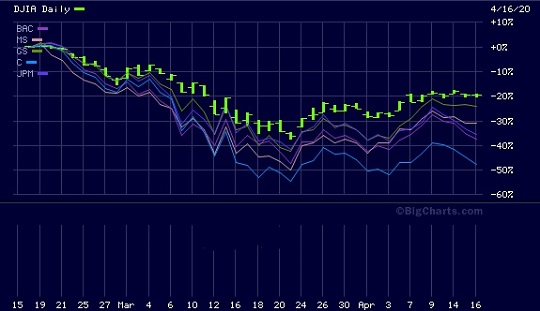Are you an options trader looking to take your performance to the next level? One powerful tool that can help you achieve success is a trading journal. A trading journal is not just a record-keeping tool; it’s a window into your trading decisions, patterns, and emotions.
By maintaining a trading journal, you can track your performance, identify trends, and improve your decision-making skills.
In this article, we will explore the importance of a trading journal for options traders and guide you on how to start one. We’ll also compare the top five trading journals available in the market, each offering unique features and benefits tailored to meet the needs of options traders.
So, whether you’re new to options trading or an experienced investor looking to enhance your strategy, read on to discover the best trading journal that can help you unlock your full potential.
What Is a Trading Journal, and How Important Is It?
A trading journal is like a personal diary for options traders. It records every trade made, including entry/exit points, strategies used, emotions felt, and trade outcomes. Its primary purpose is to provide a comprehensive view of trading activity over time.
By keeping a detailed record in a trading journal, traders can track performance metrics like win/loss ratio and average return per trade. This helps identify patterns or trends and make informed decisions based on past experiences.
Research shows that consistently using a trading journal leads to better long-term performance. Traders who maintain one are more likely to accurately assess strengths and weaknesses and make necessary adjustments.
In addition to improving performance metrics, a trading journal promotes self-awareness and discipline. By reflecting on decision-making processes and emotions during trades, traders can enhance their skills and stick to predetermined strategies.
Overall, maintaining a trading journal is crucial for options traders as it allows diligent tracking of trades, objective analysis of performance metrics, and continuous improvement in trading practices.
How to Start a Trading Journal and What Should It Include?
Starting a trading journal for options trading is essential for improving your performance. Consider the format – paper, spreadsheet, or specialized software. Define categories like entry/exit points, strategy used, emotions felt, trade outcome, and relevant metrics. Consistently update the journal after each trade for accurate data.
Understanding yourself as a trader is crucial. Reflect on emotions and mindset during trades. A well-organized and comprehensive journal tracks progress and identifies areas for improvement. Follow these steps to enhance your trading skills and achieve success in options trading.
Comparison of the Top 5 Trading Journals
In this section, we will compare the top five trading journals available in the market. These journals offer unique features and functionalities for traders to analyze their trades and improve their performance.
Edgework: An exceptional journal designed for options traders with advanced data analysis capabilities and customizable features. Users praise its ability to identify profitable patterns and minimize risks effectively.
TraderSync: A user-friendly journal with an intuitive interface that simplifies trade tracking and provides powerful performance analysis tools. Traders appreciate its real-time visualizations for actionable insights.
Trademetria: A comprehensive trade analytics platform tailored specifically for options traders. It offers advanced charting tools and a trade tagging system for in-depth analysis. Users value its risk/reward analysis features for informed decision-making.
Tradervue: An all-in-one platform for tracking trades and analyzing performance, seamlessly integrating with popular trading platforms. Traders benefit from sharing journals and comprehensive trade review features, leading to improved decision-making.
Microsoft Excel: A versatile option allowing traders to customize their journal according to their preferences. With various templates available, Excel can be used as a flexible trading journal tool.
In the following sections, we will explore each of these journals in detail, including their features, benefits, and user experiences. Understanding these options will help you select the best trading journal that suits your needs and goals.
Conclusion
Maintaining a trading journal is a critical practice for options traders who are committed to improving their performance and decision-making skills. By diligently tracking your trades, identifying patterns, and analyzing your performance metrics, you gain valuable insights into your trading activity.
Throughout this article, we have explored the significance of a trading journal and provided step-by-step guidance on how to create one. Additionally, we have compared the top five trading journals available today, each offering unique features designed to enhance options traders’ experiences.
By choosing a trading journal that aligns with your specific needs and preferences based on our comprehensive comparison, you can embark on a journey of consistent journaling. This consistent practice has the potential to lead to improved performance, increased profitability, and ultimately help you achieve success in options trading.
A well-maintained trading journal serves as more than just a record-keeping tool; it becomes a powerful resource that enables you to reflect on past trades and learn from both successes and failures. It allows you to uncover recurring patterns in your decision-making process and identify areas where improvements can be made.
Moreover, regularly reviewing your trading journal can provide valuable insights into market trends and help you fine-tune your strategies accordingly. As you continue to document your trades over time, you will develop a deeper understanding of your own strengths and weaknesses as a trader.
[lyte id=’t8qw5p03GWE’]



